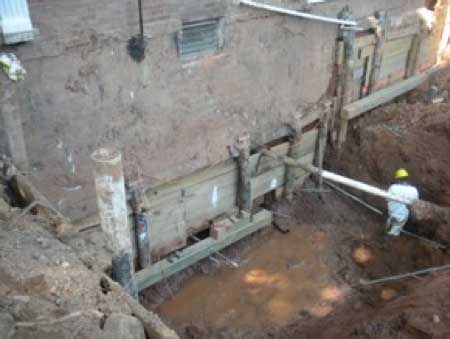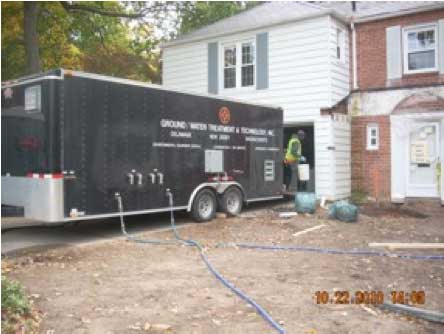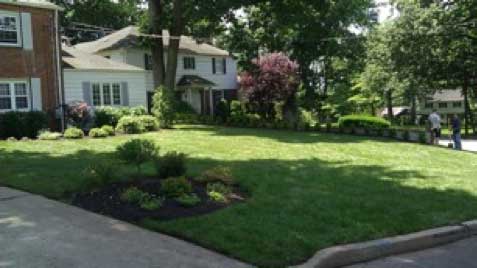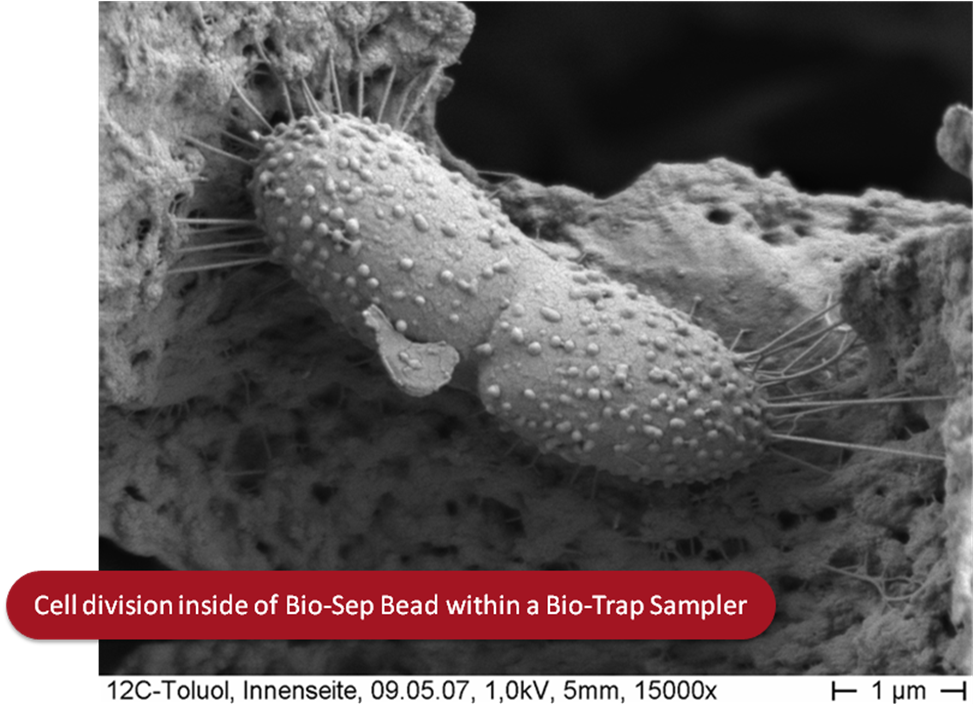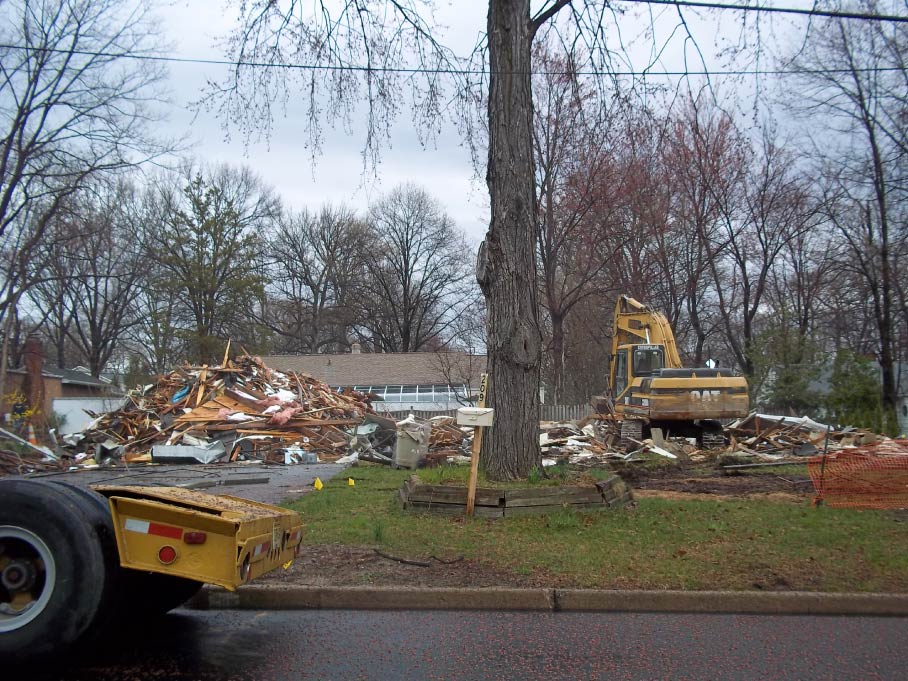Case Study: Teaneck Residence
Site Location and Description
Teaneck Residence, a release from a No. 2 fuel oil storage tank resulted in contamination both in front and beneath a residential structure. Prior consultants proposed structural shoring and demolition of the front basement wall and floor to address the soils beneath the structure. The demolition based proposal would result in a long term displacement of an elder couple in their 90s; therefore an alternative remedial approach was sought.
Key Project Elements
Based on the project constraints, E&LP developed and implemented an alternative approach which allowed for the residences to stay in their residence. In addition, by using a “treatment train” remedial strategy, the actual costs of remediation were less than the proposed demolition approach. The treatment train consisted of a combination of technologies to allow for rapid remediation of the subject property with minimal disruption to its occupants.
The first phase of remediation consisted of what we refer to as removing the “low hanging fruit” that is, removing the most contaminated and readily accessible soils that were beneath the former location of the tank. Given the depth of the impact, which extended below the foundation, structural mini-piles and wood lagging was used to preserve the structural integrity of the building.
As shown to the left, horizontal pipes were driven through the wood lagging and below the foundation to provide distribution of a persulfate-based, chemical oxidation injection to remediate the soils underlying the house.
Based on the combined efficiency of soil removal coupled with chemical oxidation of the more difficult to access contaminated soils, post remediation soil sample results confirmed remediation to NJDEP remediation standards.
